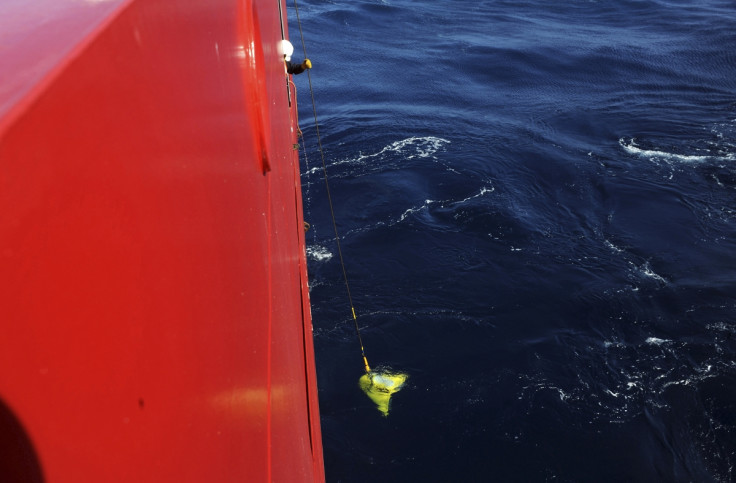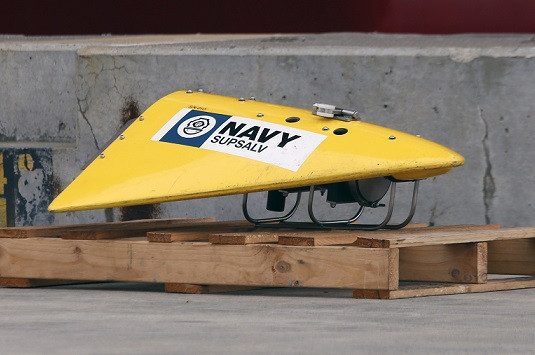Malaysia Airlines Flight MH370: What Happens When Black Box Signal Dies?

As the search for the missing Malaysian Airlines MH370 continues, the long-awaited underwater hunt for the plane's black box has got underway.
Australia's air chief marshall Angus Houston said that the country's vessel Ocean Shield has been deployed to help locate the signals, or 'pings' being sent out by the flight's black box.
The British navy's HMS Echo, which has underwater search gear on board, has also joined the search in the Indian Ocean.
The data recorders emit these pings around once every second. These are inaudible to the human ear, but can be picked up by special pinger locators used on Ocean Shield if it is in a close enough vicinity.
However, time is running out. The battery-powered devices usually run out within 30 days after a crash. The underwater search for the missing plane began on 4 April, 28 days after the flight carrying 239 people on board vanished, meaning the batteries look set to die within the next three days.
While it will not be impossible to find the plane when the pinger's batteries run out, it will certainly make the task more daunting. Here's what looks set to happen next during the search for the missing MH370 flight.
How are they searching for the 'pings'?

In a word, slowly. The two ships are currently scouring a 240km (150 miles) underwater path where they believe the plane could be. The pinger locator used by Ocean Shield has to be towed very slowly, roughly between one to five knots. At this speed it would take several days to comb the entire area where officials now believe the plane could be buried.
Experts previously warned the towed pinger locator would have little impact unless authorities had a clearer idea where the plane could be because of its limited search range and the speed at which it must travel.
Are there other ways to search for MH370?
If the towed pinger locator fails to yield any results, there are other devices and gadgets the authorities can use.
Air France Flight 447, which was not found until two years after it crashed in the Atlantic Ocean in 2009, was eventually found using an autonomous underwater vehicle, or AUV.
AUVs, robots which travel underwater, are used for a number of tasks, including researching the ocean floor, conducting deepwater oilfield surveys and also helping to find wreckages of missing planes.
Some of the more sophisticated AUVs can be lowered 20,000ft underwater and uses sonar to map the seafloor.
As well as playing an integral part in finding Air France Flight 447, AUVs have also been used to find other plane wreckages, including the one which killed Italian fashion designer Vittorio Missoni.
Have officials given up on finding the plane's debris?
No. The same day they underwater search for the black box got underway, the Joint Agencies Coordination Centre (JACC) confirmed 10 military planes, four civil jets and nine ships will assist in the search.
The overall search area for any signs of the plane has been narrowed down to an area of around 217,000 square kms - 1700 kilometres north west of Perth.
Houston told reporters he believes there was still a "great possibility" of finding floating objects from the plane which will help find its wreckage.
"Let me now say that this is a vast area, an area that's quite remote, and we'll continue the surface search for a good deal more time," he said.
"If we find a piece of wreckage on the surface, that gives us a much better datum to start the underwater search than we've currently got."
© Copyright IBTimes 2025. All rights reserved.




















